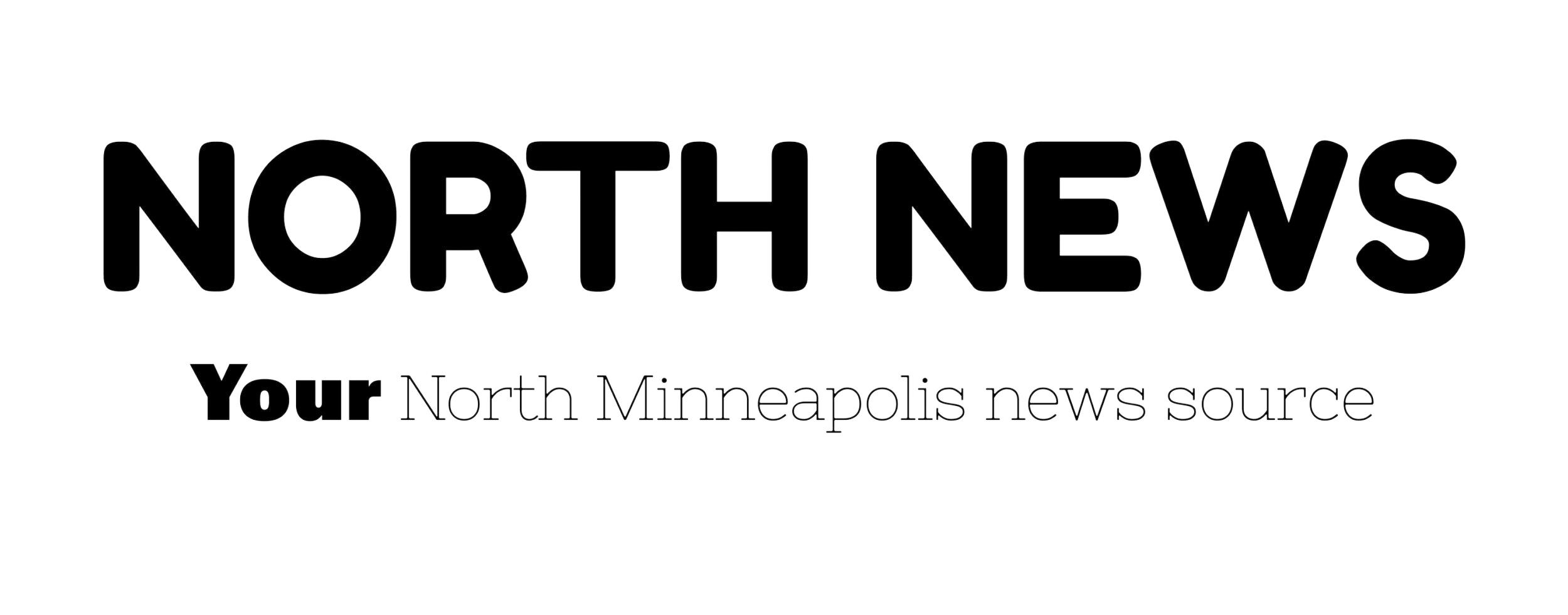We’re older now and just beginning to process Floyd’s murder
A woman glances at the spot where police murdered George Floyd five years ago. A weekend festival called Rise and Remember ended Sunday with a candlelight vigil and procession. Photo by David Pierini
By Kiya Darden, North News Intern
Before George Floyd was murdered in 2020, the terms “civil rights” and “movements” were words that I, a student, equated with grainy grayscale pictures and horrifying videos in school. It was glossed over in textbooks, and the brutality was far enough away in time that we could almost be sure that we would never have to be the victim.
The murder of George Floyd colorized this movement in a way that was impossible to ignore. With such proximity, there came this feeling that you couldn’t actually be sure if you’d be next.
Sunday was five years since his murder raised protests across the world. And there are still lots of debates about what such a display of police brutality means for the current social justice movement. As a junior in high school, I wanted to explore how his passing has affected the education of high-school students and my peers today.
While the world stood up for injustice, it felt like we, the younger children, stood still.
We were “too young,” not protesting, and exclusively interacting with the movement through the internet because we were in a pandemic. All of this was spiraling around us, and we were at home. Because of this, some students, including myself, were never able to go through the process of what was happening around us.
Kymani McLane-Taylor, student council president at North Community High School, is one of these students. Like a lot of juniors in high school, being around 11 or 12 when Floyd was murdered was a very numbing experience. There’s a very surreal sort of aspect that comes with being so young and so close to events like that. A day before her birthday and with another dead black man on the city’s hands, Kymani said it was very hard to know what to feel at the time.
“It's just a never-ending cycle,” Kymani recalls, considering how normalized it had become to suppress feelings around murder and devastation.
Oftentimes, the only form of social justice that high school students learn about is the Civil Rights Movement of the 1960s. While roughly 70 years isn’t very long ago, teaching students about the movement around them is still important. History is how we learn from our mistakes; however, addressing the present is essential to applying that knowledge when it matters.
A woman and her son visit the spot of Floyd’s murder. Photo by David Pierini
Tom Lachermeier has 22 years of teaching experience, 14 of which he spent at North, teaching various history classes. Responding to social justice events with such proximity, especially George Floyd, Lachermeier resolves to provide every possible historical perspective. He believes in teaching students to think critically for themselves and form their own opinions.
“All of my students that I currently have have been through an uprising, have been through a major event in American history that took place in their city,” he said. “And so I try to use that as a reference, try to help them think about what it was like, what were some of the causes of those events?”
Events like George Floyd or the Jan. 6 insurrection can be compared to parts of the Civil Rights Movement and the American Revolution. This makes it easier to comprehend when learning about them in the context of history. Students need to process them in ways that are both healthy and beneficial to their education.
“I like hearing about my history and things that happened in the past, because it helps me to be able to understand the present,” Kymani said.
Over the past five years, students have been steadily incorporating knowledge from the history books into real-life situations. It becomes somewhat reassuring to know that something has happened before, even if the situation itself isn’t comforting. This way, tragedy isn’t a numbing force when it hits, but rather an encouragement to do better. To do what you can, where you can, as Kymani does herself as student council president.
Lachermeier wants his students to take from his lessons the ability to recognize patterns in American history. To use them in their own lives as preparation for the things that they may face.
“If we don't expose students to injustices of our country's past, then we're not really doing our job, we're not equipping them to make informed decisions about situations that are happening today,” he said.
Kiya Darden is a junior at North High School.


